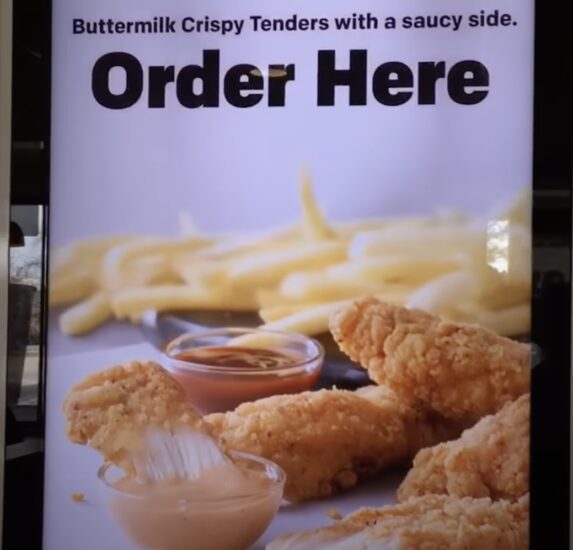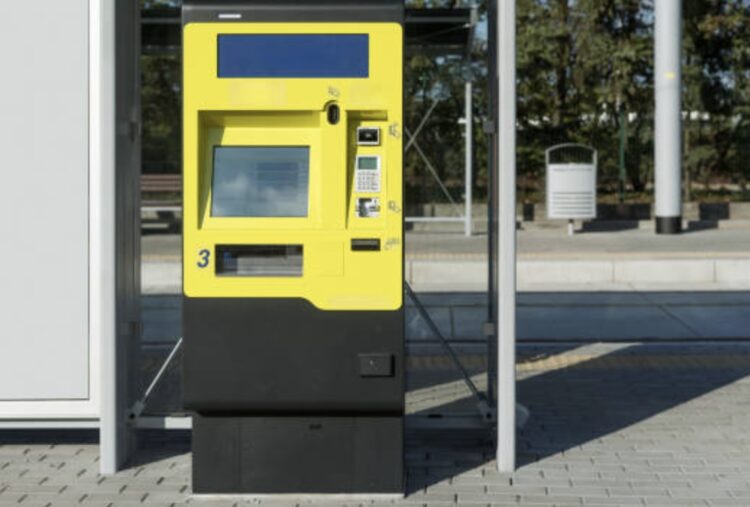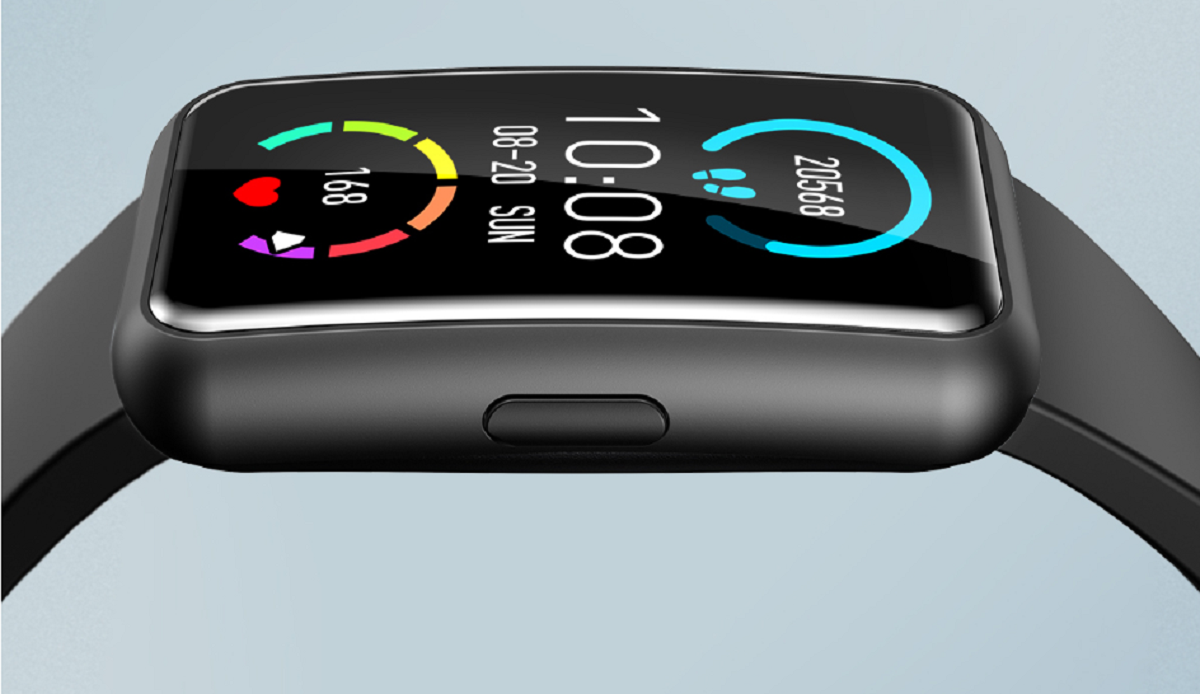Since their introduction 25 years ago, self-service kiosks at McDonald’s and other fast-food chains have often been seen as potential job killers. However, the reality has turned out to be quite different from early predictions.
In 1999, the trade publication Business Information highlighted McDonald’s efforts to create an electronic ordering system, speculating it could replace some human cashiers. Instead, these kiosks have transformed how work is structured in restaurants. Rather than eliminating jobs, they’ve shifted responsibilities, allowing kitchen staff to handle more orders and encouraging customers to increase their purchases.
Today’s kiosks serve a dual purpose: they streamline operations and enhance customer experience. By promoting upsell opportunities—like suggesting fries or milkshakes—these machines take pressure off employees who might struggle to focus on upselling in busy situations. When faced with long lines, cashiers often prioritize speed over sales.

Many McDonald’s franchisees, which operate the vast majority of locations in the U.S., are now introducing kiosks that accept cash. In these instances, cashiers are being reassigned to roles such as “guest experience leads,” tasked with assisting customers in navigating the technology. While kiosks are intended to reduce labor costs, they often lead to increased complexity in operations due to mobile ordering and delivery demands.
However, the implementation of kiosks hasn’t been universally successful. Some venues, like the bowling alley chain Bowlero, found that customers were untrained and unused to ordering through kiosks, leading to underutilization. The anticipated benefits—faster service and increased sales—can sometimes fall flat, especially if customers feel rushed or stressed by the kiosk experience.

Some studies indicate that when queues build up at kiosks, customers may order less due to anxiety, counteracting the very benefits kiosks are supposed to provide. Issues with kiosk malfunctions can further complicate the experience, leading to frustrations that defeat their intended purpose.
The rise of kiosks has also emerged as a response to rising minimum wage laws, particularly in states like California, where the fast-food minimum wage has jumped to $20 per hour. Critics argue that the increasing labor costs push companies toward automation.
Yet, despite these challenges, the fast-food industry continues to thrive. Recent Labor Department data indicates that employment in quick-service and fast-casual sectors is up by nearly 150,000 jobs compared to pre-pandemic levels.

A comparison can be made between kiosks and the advent of ATMs, which were also predicted to threaten bank teller jobs. However, these machines ultimately freed employees from routine tasks, allowing them to engage in more valuable work. The same principle applies to self-checkout systems, which have not led to significant job losses in retail; instead, they can sometimes introduce new operational challenges.
Ultimately, the comparison above emphasizes that the fast-food industry must better communicate the benefits of kiosks and self-service technology to both customers and employees. By framing these innovations as enhancements to service rather than as cost-cutting measures, restaurants can foster a more positive perception of automation in the dining experience.




